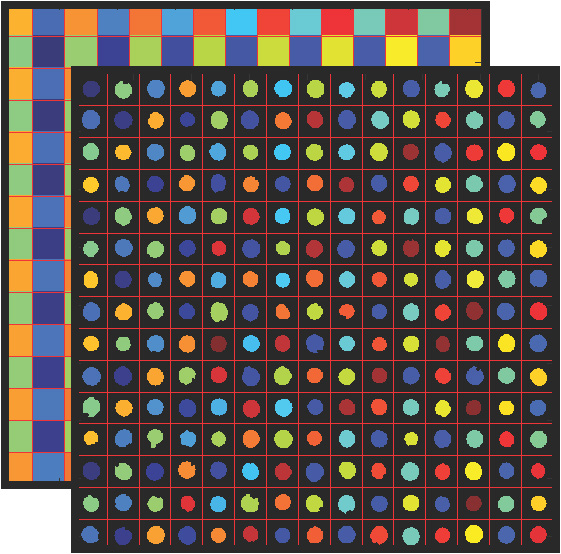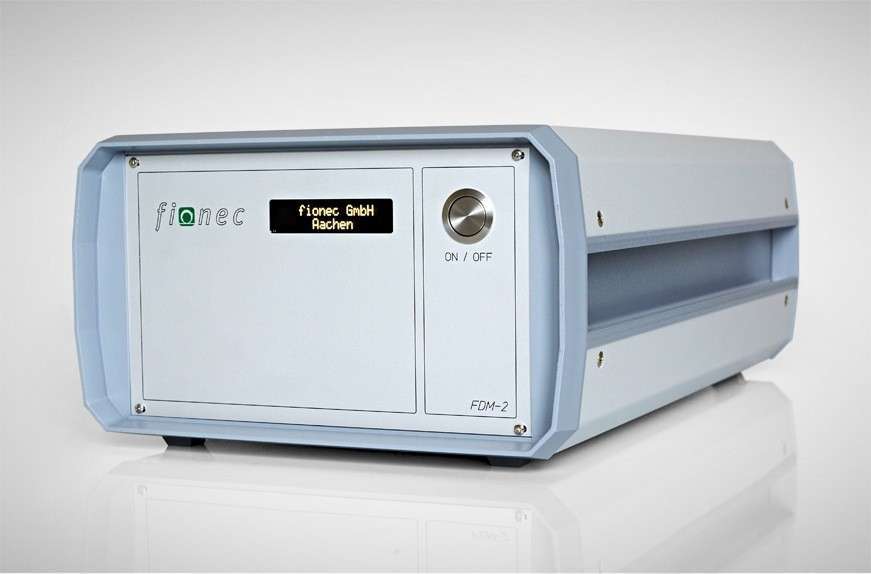

These activities organize components of the cytoplasm and help turn a mob of macromolecules into a living cell. In the cytoplasm, actin filaments form functional networks that enable eukaryotic cells to transport cargo, change shape, and move. Our results instead suggest that actin filaments form part of a large, viscoelastic structure in the nucleoplasm and may act as scaffolds that help organize nuclear contents. The small size of nuclear actin filaments is inconsistent with a role in micron-scale intranuclear transport, and their localization suggests that they do not participate directly in chromatin-based processes.

Individual filament trajectories exhibit features of particles moving within a viscoelastic mesh. In time-lapse movies, these actin filament structures exhibit one of two types of mobility: 1) diffusive, with an average diffusion coefficient of 0.06–0.08 μm 2/s, or (2) subdiffusive, with a mobility coefficient of 0.015 μm 2/s. Filamentous actin probes recognize discrete structures with submicron lengths that are excluded from chromatin-rich regions. Monomeric actin probes concentrate in nuclear speckles, suggesting an interaction of monomers with RNA-processing factors. To determine the distribution of nuclear actin in live somatic cells and evaluate its potential functions, we constructed and validated fluorescent nuclear actin probes.

The function and form (monomer, filament, or noncanonical oligomer) of nuclear actin are hotly debated, and its localization and dynamics are largely unknown. In addition to its long-studied presence in the cytoplasm, actin is also found in the nuclei of eukaryotic cells.


 0 kommentar(er)
0 kommentar(er)
